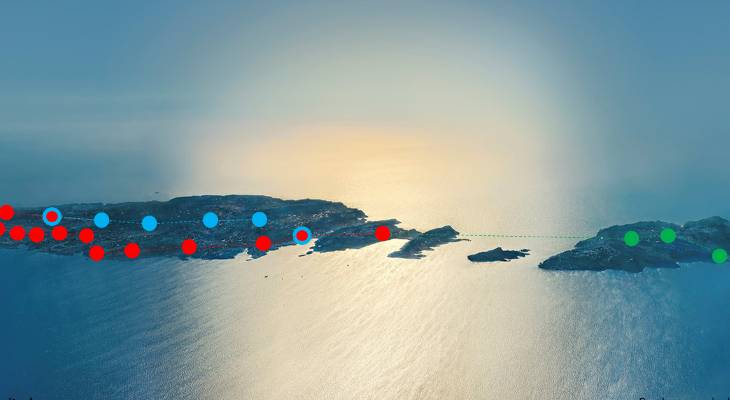A mass transit system in Malta – what Dr Konrad Xuereb, Director at KonceptX, calls the Malta Metro - would create over 1,000 jobs and achieve a total target revenue of €300 million per annum, according to the structural engineer who laid out the business case for the infrastructural project in this month’s The Malta Business Observer.
“For the economy and quality of life to thrive, Malta urgently needs to invest in vital mass transit infrastructural projects,” he said. “A Malta metro that extends to Gozo ticks all the right boxes, and addresses the key challenges facing Malta, namely population growth, sustainable transport and environmental protection.”
In his opinion piece, Dr Xuereb, who holds a doctorate in structural engineering/future-proofing buildings from University College London, said that the capital expenditure for the entire metro project, including the anticipated 40 trains, would be approximately €4 billion.
“Part of the capital costs of the metro link to Gozo (approximately €675 million) could be eligible for EU funds (for example through the Ten-T programme). Moreover, €1.575 billion would be financed by government bonds with maturity over 20 years. The remaining €1.75 billion would be paid by the national coffers, amounting to €175 million per annum over 10 years,” he explained.
Moreover, the Malta Metro would be able to boast a total target revenue of €300 million per annum, he continued, basing his calculations on a typical fare of €2 per trip, with 53 million passengers using the metro every year – which would amount to a ticketing revenue of €245 million per annum. In the meantime, revenue from leasing space in stations and advertisements would generate €55 million per annum.
“Assuming a population of 500,000 by 2030, and 2.5 million tourists per annum (i.e. the same as 2019), and only one in four using the metro for a return trip every day, then 53 million passengers would use the metro every year. To put this in perspective, nearly 58 million people used public buses in Malta in 2019,” he outlined.
The employment gains would also be substantial, he maintained. “In addition to the hundreds of workers involved in building the entire system, the metro would create direct employment for well over 1,000 people, in addition to considerably more indirect employment to cater for complementary services.”
In terms of spend, the cost to run the metro, according to Dr Xuereb, would be €150 million per annum. This would include maintenance costs on the whole metro system (€75 million per annum); energy expenses (€15 million per annum); operating costs (€40 million per annum), with €20 million per annum earmarked for other contingencies.
In response to the question of how long would it take to recover the investment cost, Dr Xuereb said that “given target revenue of €300 million per annum and costs of €150 million per annum, and considering €40 million per annum to service the government bonds, the payback period to cover the full capital cost would only be 30 years,” he stated, adding that “the payback period would be halved if one considers the indirect cost savings, notably the reduced loss of productivity, smaller health care costs, and an ameliorated well-being of the population.”

Dr Xuereb also underlined the success of metro systems in small cities, as an example of how it could work on the island. “Small cities, including Lausanne, Rennes, Catania and Brescia, have metro systems,” he explained, honing in on Lausanne in Switzerland to further illustrate, saying that while it “only has 140,000 inhabitants and is the smallest city in the world to boast a metro,” over 45 million people use the metro every year, making it financially viable.
Main Image:
